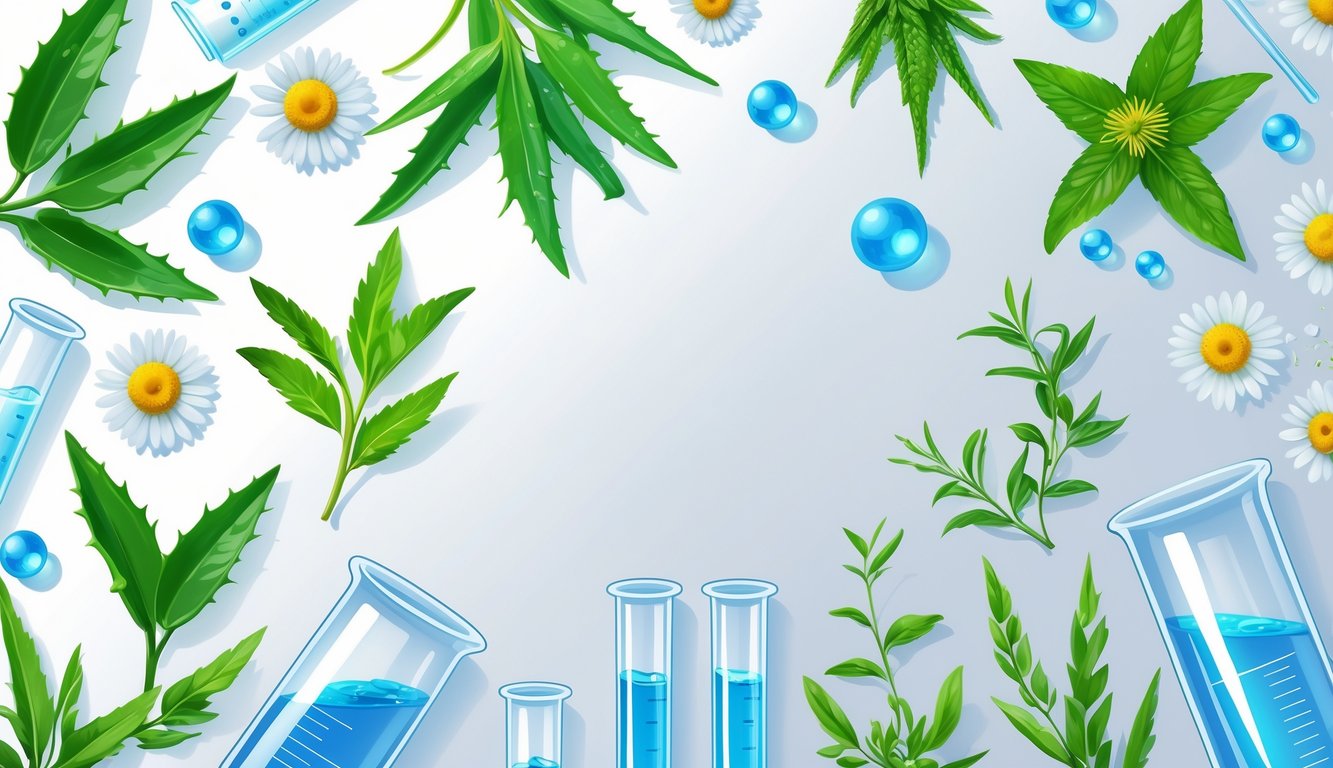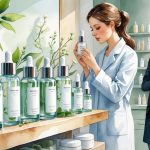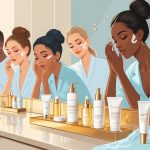Dermatologist-Backed Ingredients Suddenly Reshaping Daily Routines
Powerhouse Ingredients for Healthy Skin

Is there a secret serum I’m missing? Vitamin C gets more hype than anything, but half my friends skip it. Brightening, sure, but nobody warns you about stains on pillowcases or how patch testing is a pain. Every morning is just a scramble to not mess up my face.
Vitamin C and Antioxidant Protection
Vitamin C—ascorbic acid, if you want to sound fancy—gets real love from dermatologists. Dr. Shari Marchbein swears by vitamin C serums for blocking environmental damage and fading spots, but my barista says it smells like citrus (it doesn’t). There’s solid evidence for collagen, but when I tried a 20% serum, my skin freaked out. Red, tingly, then… nothing.
I keep it in the fridge now because vitamin C dies in sunlight. Don’t leave it open on the windowsill or you’ll just get orange water. It’s unstable, it’s annoying, but when it works—with vitamin E, ferulic acid, whatever’s trendy—sunspots actually fade. Nobody talks about how sticky some brands are, though.
Retinoids and Their Anti-Aging Benefits
Retinoids—vitamin A stuff—supposedly “gold standard” for anti-aging. By February, I was using prescription tretinoin (thanks to a friend who travels a lot). Fine lines? Maybe less obvious. Flaking? A nightmare. If you want dermatologist-approved anti-aging, try retinol, retinaldehyde, or adapalene—but don’t expect miracles.
Dr. Ranella Hirsch (Instagram, obviously) says most people quit too soon or skip moisturizer. Now I mix a pea-size with ceramide cream, but still flaked for a month. Consistency helps, but skip SPF the next day and you’ll regret it. My roommate once used retinol eye stick on her lips (do not recommend).
Niacinamide for Calming and Repair
Honestly? I thought niacinamide was just hype—like, how many bottles can promise “calm” and “repair” before it all blurs together? But then, bam, I tried a 10% serum after nuking my face with too much retinol and, wow, instant regret. Itchy, tight, not exactly the soothing miracle I was promised. Dropped down to 2-5% and, weirdly, that worked. Redness? Less. Oil slick at 2 p.m.? Gone. Hyperpigmentation? Eh, a little better, but nothing dramatic. I keep seeing TikToks mixing niacinamide with, like, three acids and a prayer—my pharmacist cousin just laughs and says, “Good luck with that skin barrier.” Maybe she’s right.
Hydration Heroes: Hyaluronic Acid and Ceramides
Everything claims to “hydrate” now, but I swear, my hyaluronic acid gel left me flakier than a croissant last winter. Nobody tells you it sucks moisture out if you slap it on dry skin in dry air—so, yeah, thanks, marketing. I’ve tried the fancy “multi-weight” ones, but unless I’m basically living in a greenhouse, it’s a gamble. Ceramides, though? That’s the stuff. After years of foaming cleansers and scrubbing, my cheeks felt like sandpaper. Ceramide cream overnight, and suddenly my face didn’t feel like it’d crack if I smiled. Dermatologists keep yelling about “hydration plus barrier repair” like it’s a revelation, but honestly, layering hyaluronic under ceramide cream is the only “routine” I can keep up with. Minimalism wins, at least until I get bored and try something wild again.
Targeted Solutions for Common Skin Concerns
Let’s be real: my skin never cares what my calendar says. Big event? Cue the breakout. Lazy Sunday? Hello, random dark spot. I’ve lost count of the “miracle” products that fizzled out by week two. Dermatologists keep harping on the same handful of ingredients, but honestly, most of the time it feels like a dice roll.
Treating Fine Lines and Wrinkles
Retinol. Of course. The anti-aging aisle is basically a shrine to it. I asked Dr. James—yes, he’s a real person—how many people actually survive prescription retinoids. He goes, “Thirty percent, tops. The rest flake and quit.” Not exactly confidence-inspiring. Bakuchiol is supposed to be the gentle alternative, but stacking vitamin C, SPF, peptides, and retinol before breakfast? Who has the patience? SPF 30 is the only thing that’s stuck, mostly because every dermatologist says it’s non-negotiable. My “system” (if you can call it that): niacinamide and sunscreen during the day, retinol at night, and a lot of crossed fingers. Too much retinol? Hello, lizard face.
Combating Acne and Hyperpigmentation
Is it hormones? Stress? My phone? My dermatologist has a chart for everything. I rotate benzoyl peroxide, azelaic acid, little blobs of adapalene—sometimes all in one week, which probably isn’t smart. Dr. Evans loves salicylic pads, but the one time I mixed those with vitamin C, I basically set my face on fire. Lesson learned. Vitamin C helps with dark spots, but only if I remember to stash the bottle in a dark drawer. Hydroquinone? Nope, my skin hated it. I keep it simple now: short routines, one new thing at a time, SPF always. Experts say licorice root and niacinamide are good for stubborn spots, but honestly, patience is not my strong suit.
Minimizing Dark Circles and Uneven Tone
Coffee and sleep? Still have circles. I’ve tried caffeine serums, stinging glycolic eye gels, and even dabbing on titanium dioxide sunscreen (which looks as weird as it sounds). Sometimes there’s a tiny improvement, but mostly I just look tired in HD. Pigment correction? That’s a circus. Dermatologists love their combos—vitamin C, peptides, kojic acid, whatever. Brands throw rosehip, aloe, bakuchiol into everything and promise miracles, but who actually waits six weeks for results? Not me. I rotate actives, try to block blue light, and mostly forget what I’m doing until I catch my reflection and panic.



